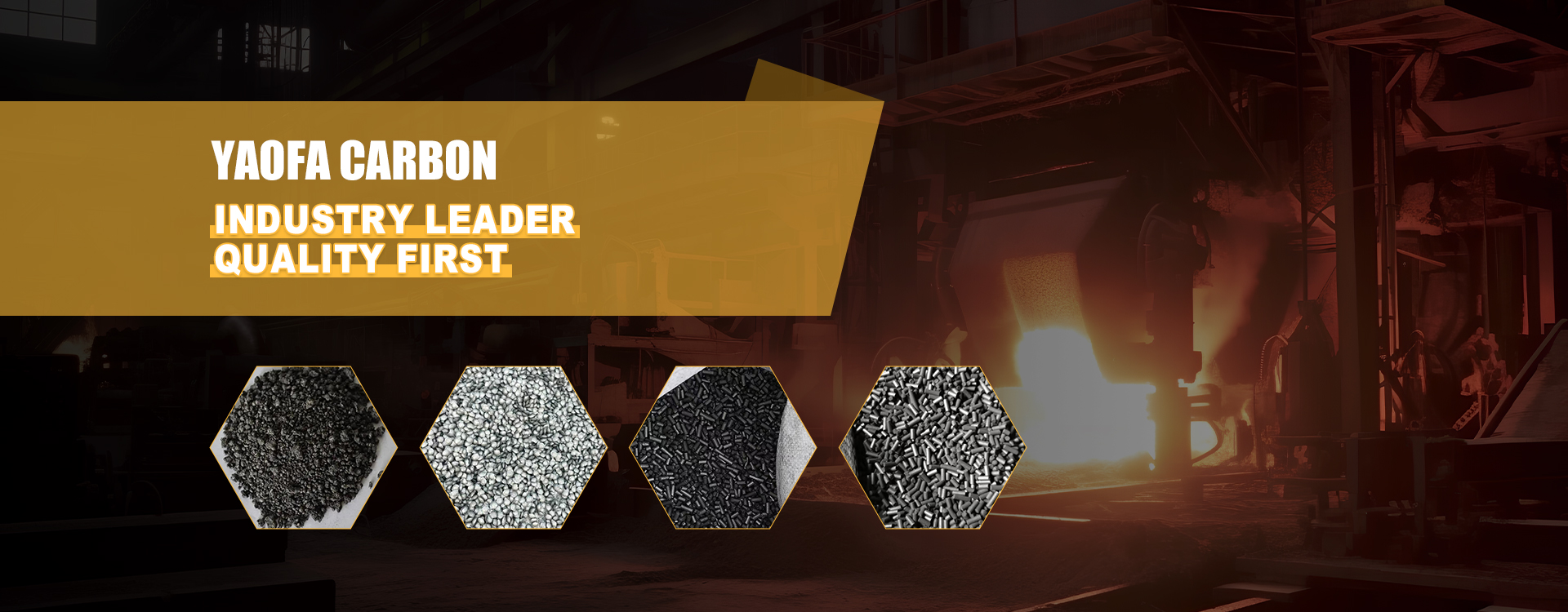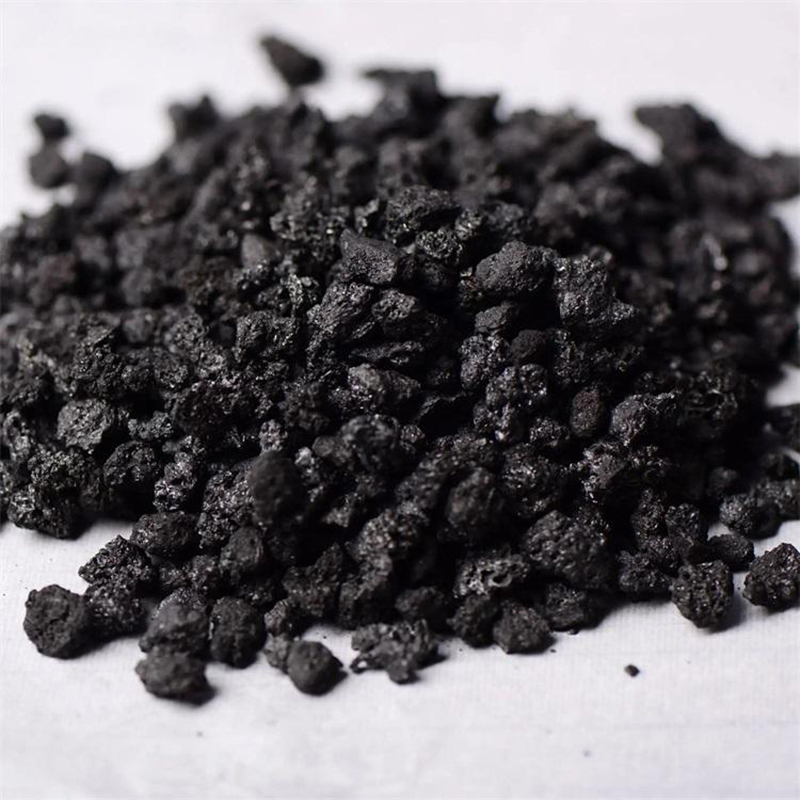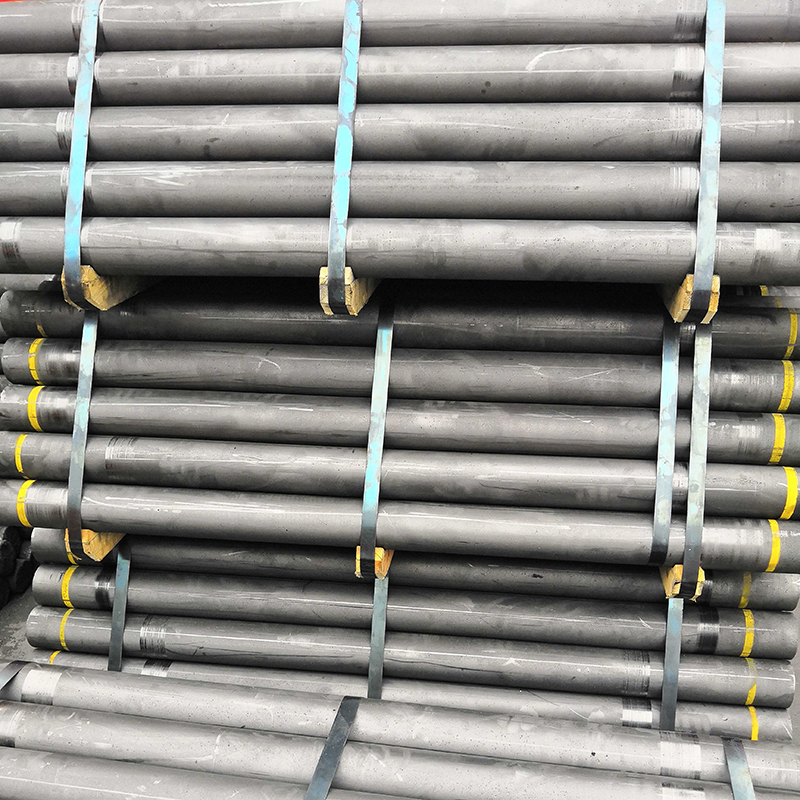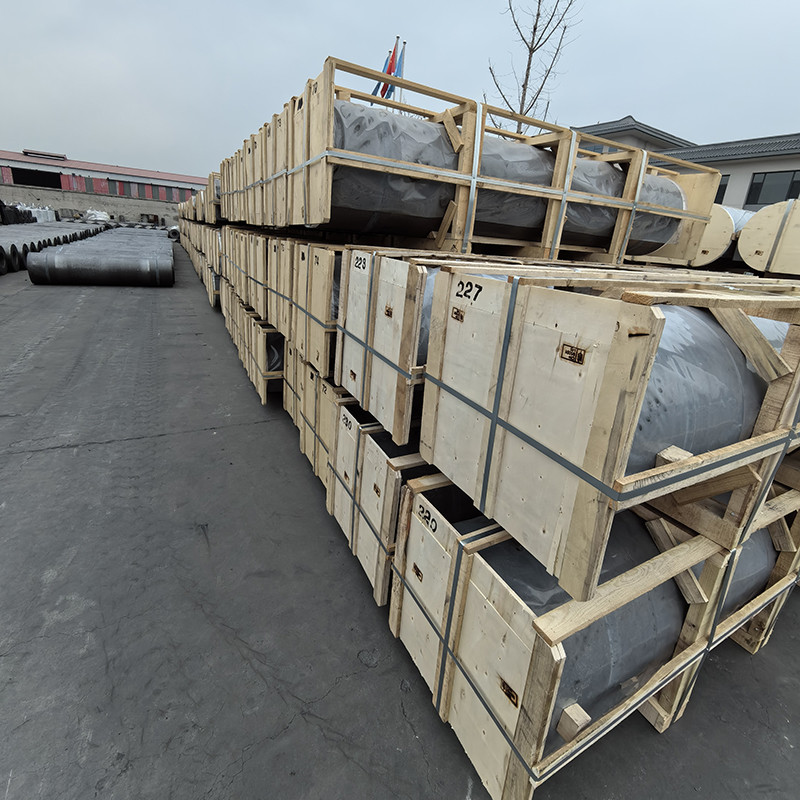- Chinese
- French
- German
- Portuguese
- Spanish
- Russian
- Japanese
- Korean
- Arabic
- Irish
- Greek
- Turkish
- Italian
- Danish
- Romanian
- Indonesian
- Czech
- Afrikaans
- Swedish
- Polish
- Basque
- Catalan
- Esperanto
- Hindi
- Lao
- Albanian
- Amharic
- Armenian
- Azerbaijani
- Belarusian
- Bengali
- Bosnian
- Bulgarian
- Cebuano
- Chichewa
- Corsican
- Croatian
- Dutch
- Estonian
- Filipino
- Finnish
- Frisian
- Galician
- Georgian
- Gujarati
- Haitian
- Hausa
- Hawaiian
- Hebrew
- Hmong
- Hungarian
- Icelandic
- Igbo
- Javanese
- Kannada
- Kazakh
- Khmer
- Kurdish
- Kyrgyz
- Latin
- Latvian
- Lithuanian
- Luxembou..
- Macedonian
- Malagasy
- Malay
- Malayalam
- Maltese
- Maori
- Marathi
- Mongolian
- Burmese
- Nepali
- Norwegian
- Pashto
- Persian
- Punjabi
- Serbian
- Sesotho
- Sinhala
- Slovak
- Slovenian
- Somali
- Samoan
- Scots Gaelic
- Shona
- Sindhi
- Sundanese
- Swahili
- Tajik
- Tamil
- Telugu
- Thai
- Ukrainian
- Urdu
- Uzbek
- Vietnamese
- Welsh
- Xhosa
- Yiddish
- Yoruba
- Zulu
- Kinyarwanda
- Tatar
- Oriya
- Turkmen
- Uyghur

graphite electrodes electric arc furnace
html
The Critical Role of Graphite Electrodes in Electric Arc Furnaces
In the world of metallurgy, few things are as indispensable as graphite electrodes when it comes to the efficiency of an electric arc furnace (EAF). Yet, there are still many misconceptions floating around about their use. As someone who's spent over two decades in the sector, I can say with confidence that the nuances of these tools are both fascinating and critical for anyone serious about steel production. Let's delve into it.
Understanding Graphite Electrodes
Graphite electrodes are at the heart of EAFs, carrying electricity that generates the heat needed to melt scrap metal. One key aspect often overlooked is the quality of the electrode itself. It's not just a rod of carbon; its purity and structural integrity dictate its performance. A low-quality electrode can lead to inefficiencies, increased energy consumption, and even pause operations for replacements—situations no operator desires.
Hebei Yaofa Carbon Co., Ltd. has honed the art of creating these electrodes with precision, drawing from more than 20 years of expertise. They ensure each electrode meets the specific requirements of high-intensity operations. You can dive deeper into their offerings on their website here.
Another common pitfall is underestimating the grading of electrodes. Opting for UHP (Ultra High Power) over HP (High Power) can drastically change the dynamics of an EAF operation, influencing everything from melting time to energy efficiency.
Challenges with Electric Arc Furnaces
A frequent challenge faced when operating EAFs is the wear and tear on electrodes. Even with the best electrodes, like those from Hebei Yaofa, factors such as power surges and improper handling can lead to faster erosion. One of the biggest headaches can be electrode breakage, which not only halts the production but can significantly impact the cost metrics over time.
Additionally, the maintenance of connection points is crucial. Poor connectivity can cause arc instability, negatively affecting both the equipment and the final product quality. This is often an oversight in many setups I've encountered.
With technological advancements, some players are turning to AI-powered monitoring systems to predict and prevent such issues before they cause downtime. It's an exciting development, to say the least.
Production Efficiency
Efficiency is a driver in steel production, and fine-tuning every aspect of the process, starting with graphite electrodes, can lead to significant gains. Differentiating the types of electrodes for various melting processes can lead to an optimized use of resources.
When I visited a facility integrated with Hebei Yaofa products, the difference in operation fluidity was noticeable. They had tailored their electrode grading to match specific melting needs, minimizing waste and maximizing output.
Cross-disciplinary learnings can also contribute. For instance, principles from other fields like thermal engineering can be integrated to enhance furnace performance, making the most of each electrode's capabilities.
Case Studies and Observations
In a recent project, we undertook an overhaul of an aging EAF system using Hebei Yaofa's UHP electrodes. Initially, there was skepticism, considering the inertia in the operational practices. However, over six months, the reduction in energy usage and increase in throughput was undeniable.
The data spoke volumes. Downtime decreased by 15%, while throughput showed a 10% increase—a testament to the importance of quality electrodes in robustness and reliability.
Such results have encouraged further experimentation with electrode blends and integration of IoT solutions for real-time monitoring.
Future Directions
The road ahead for electric arc furnace optimization involves further honing the technology behind graphite electrodes. Firms like Hebei Yaofa Carbon Co., Ltd. are leading the charge by continuously improving their product offerings through research and innovation. Strategic partnerships and knowledge sharing across the industry are vital.
Another emerging trend is the pursuit of greener technologies. As EAFs contribute significantly to recycling, ensuring electrodes are manufactured sustainably can also reduce the carbon footprint of the steel industry.
There's no doubt that the developments in this field will keep us professionals on our toes, but with the right resources and knowledge, the future looks promising for those invested in this space.
Related products
Related products
Best selling products
Best selling productsRelated search
Related search- China Normal power graphite electrode
- China making a graphite crucible
- Granular recarburizer supplier
- Isostatic graphite tongs
- cheap digital signage solutions
- Buy Graphitized recarburizer
- China graphite impregnated bronze plate
- boots coal tar supplier
- graphite crucible care Manufacturer
- furnace graphite electrode Manufacturer













